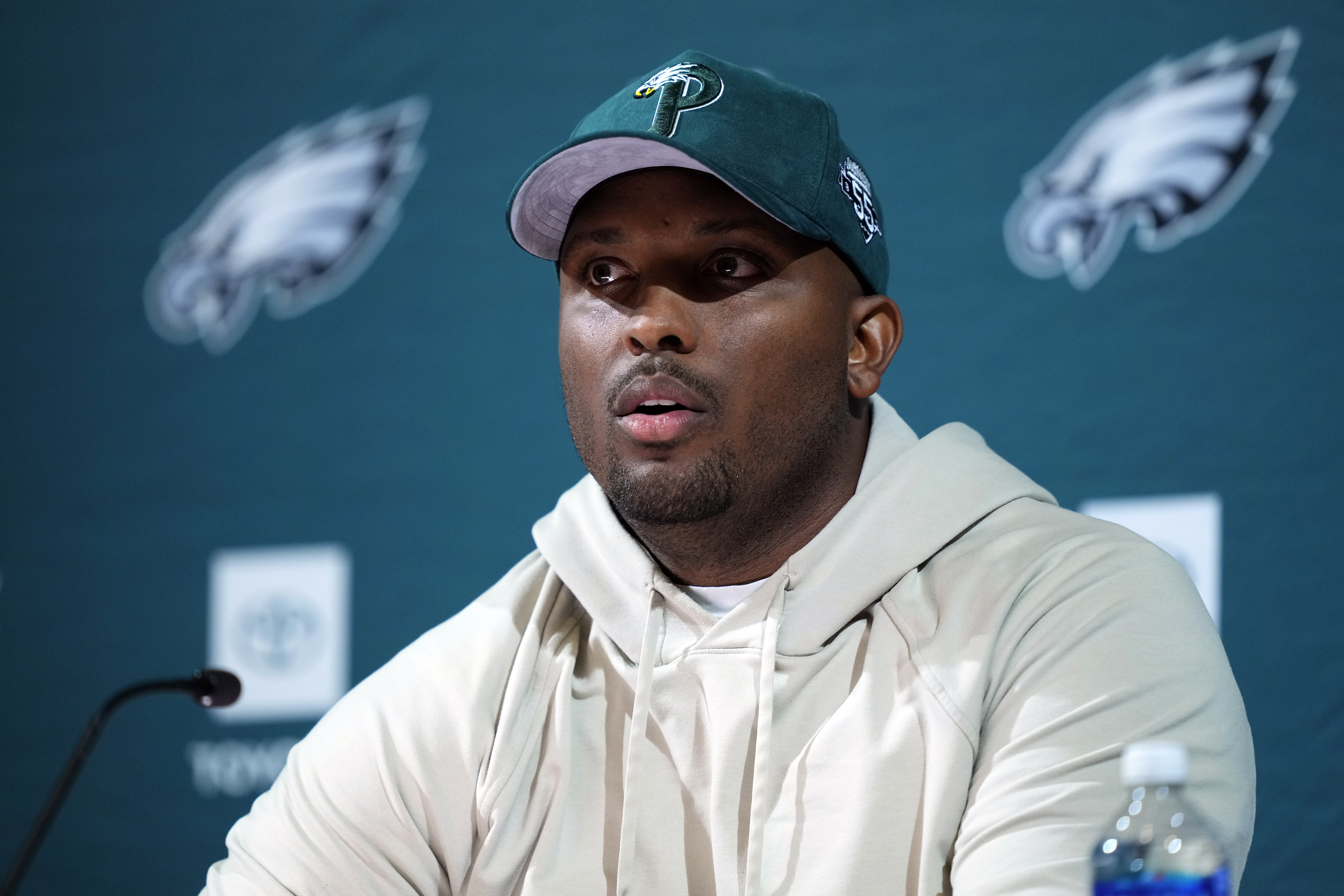VIRGINIA BEACH, Va. (WAVY) – As the city of Virginia Beach has updated damage totals resulting from the EF-3 tornado that hit the Great Neck area nearly two weeks ago, residents there say their neighborhoods may never be the same.
The city of Virginia Beach has provided updated damage numbers caused by the April 30 EF-3 tornado that blew through the Great Neck area of Virginia Beach, and according to the Virginia Beach Office of Emergency Management, seven homes were destroyed – a total loss – including Charlie Cortellini’s home.
“When you look at this … I’m devastated, but thrilled no one was hurt,” Cortellini said. “No one was hurt, no people, no animals.”
Twenty-four homes had major damage, defined as structural damage needing extensive repairs.
John Aladj puts his home in that category.
“We were evicted for two days, and then they let us back in, and then they condemned this section of the house,” Aladj said, pointing at the back part of his house. “This is my master bath. We can’t go in there.”
Thirty homes had minor damage, defined as “repairable non-structural damage,” and another 49 homes had cosmetic damage only. That damage, however, is not covered by insurance and hurts the most.
“The amount they allotted me on the first go-round is a fraction of what it will cost,” Aladj said. “These trees will cost tens of thousands of dollars. I mean the crane cost probably a couple of thousand dollars a day.”
According to Virginia Beach, all told, the personal property damage is about $15 million, a total expected to grow, and a total many consider quite low.
One of the big takeaways from the April 30 tornado is the loss of trees – the loss of the tree canopy.
“You cannot appreciate it now,” Aladj said. “I had 8 to 10 trees, God knows how old, and now I have none,” Aladj told us. “I do not know yet how much it will cost, I wish I could tell you. … It is not all covered by insurance. … A lot of it is not covered.”
Aladj, in his backyard, noted the stark difference between before the storm, and after it.
“We’ve been here 30 years,” Aladj said. “We’ve never had blinds on windows. We never needed them because people couldn’t see us. … That’s all gone now. I could get a suntan in my family room.”
Basically, all the trees in Aladj’s yard are gone and the sun is coming in.
Insurance will cover some of the trees. They won’t cover them all. If the tree is on your house, it’s covered.
Most of Aladj’s trees fell harmlessly to the ground, they likely will not be covered by insurance.
Aladj is grateful to have his house, but the tree issue could cost him tens of thousands of dollars.
“I don’t know the cost. The fella next door that didn’t have anywhere close to the number of trees I had, was quoted $29,000. I’m sure I am north of that.”
The cleanup in Aladj’s yard was extensive, involving a crane and a lot of workers.
“We had a crane, and they lowered a Bobcat into the backyard over the house, so they could work on these trees,” Aladj said. “They took all the pieces of tree up over the house and to the road.”
Aladj also spoke about how April 30 has changed the neighborhood.
“First, the folks across the street won’t be back for a year or two, maybe longer,” Aladj said. “How does it change the neighborhood? No one is across the street. The homes are destroyed. We essentially have abandoned houses for months and months.
Cortellini whose home was destroyed, said when his family built their home, it looked like a new development.
“It was just planted or no trees, 12 days ago when you drove in the neighborhood, it looked like a well-developed neighborhood,” Cortellini said, “trees coming over the street. There was shade, and now it looks like a new development again.”
Cortellini lost his home, but he also notices what everyone does when the trees have been decimated.
Downed trees are changing the way the Broad Bay Point Greens and the Chelsea neighborhoods look like. On Upper Chelsea Reach, the tree canopy is gone.
“The whole scenery,” Aladj said. “We had all these mature trees none of us have any more. We had trees in the front yard. We don’t have any of that now, and of course, I have all these homes across the street that are condemned.”
















